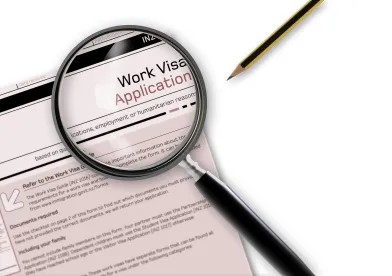U.S. Citizenship and Immigration Services (USCIS) recently published an update to its web page outlining Options for Nonimmigrant Workers Following Termination of Employment. Notably, the agency indicated that it will prioritize a pending I-539 application to change status to B-1/B-2 visitor status when an employer subsequently files an I-129 change of status petition with a premium processing service request.
While study or employment are not permitted activities in B-1/B-2 visitor status, a foreign national in valid H-1B status may consider filing a Form I-539 application to change status to B-1/B-2 visitor status for a temporary period of time in certain circumstances, such as termination of employment from the H-1B petitioner, or reaching the foreign national’s maximum period of stay in H-1B status before eligibility for an additional H-1B extension under the job flexibility provisions in the American Competitiveness in the Twenty-First Century Act (AC21).
Once the foreign national finds new H-1B employment or becomes eligible for an H-1B extension under AC21, his or her employer may file a new Form I-129 petition to change the foreign national’s status back to H-1B. Due to long processing times for Form I-539 applications, the H-1B petition will likely be filed before the B-1/B-2 visitor application is adjudicated. Previously, when an I-129 petition was filed while an I-539 application was pending, there was often a delay in adjudication of the I-129 because of the pending I-539. USCIS sometimes issued a Request for Evidence to show valid maintenance of status during the time the I-539 was pending. Foreign nationals who could not wait for the I-539 and I-129 to be approved were required to depart from the United States in order to obtain the nonimmigrant status requested on the I-129.
Per the recent USCIS update, if an employer files a Form I-129 petition along with Form I-907 for premium processing service, the agency will generally process the pending Form I-539 and Form I-129 together during the premium processing timeframe and issue concurrent decisions. No formal request is required for the pending I-539 to be prioritized. Furthermore, USCIS has indicated that if the Form I-129 petition is filed with a premium processing request, the foreign national will be granted the nonimmigrant status requested on the I-129 petition, and not on the I-539 application, even if both forms are approved on the same day.




 />i
/>i
